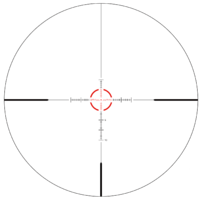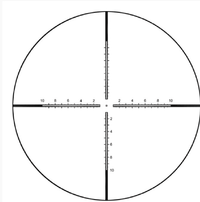A Compilation of Red-Dot Sight Evaluations
Precision Shooting With an Aimpoint
First and foremost, the Aimpoint red dot sight is a combat sight. Its primary purpose is for use in situations that require “reflexive shooting” at multiple targets, at close ranges. The Aimpoint excels in this type of shooting because it easily allows you to shoot with both eyes open and to focus on the target while shooting. All of my self-defense AR-15s have Aimpoints mounted on them. However, should the need arise (for example, making a head-shot on an aggressor at 100 yards who has most of his body behind hard cover) the Aimpoint sight is certainly up to the task of making precision shots.
There are those on this website who claim that when using an Aimpoint sight with a four minute of angle dot, that it is not possible to shoot groups that are smaller than four minutes of angle in extreme spread. One such person has gone so far as to claim that groups shot from 100 yards using an Aimpoint with a 4 MOA dot will be “greater than 4 inches. Usually much greater.” As we shall soon see, such statements are completely false.
To determine the level of precision obtainable when using an Aimpoint sight with a 4 MOA dot, I mounted an Aimpoint ML2 with a 4 MOA dot on one of my Krieger barreled AR-15s. This AR-15 is easily capable of producing consistent sub-MOA 10-shot groups at 100 yards when using a high magnification scope. Shooting with the Aimpoint sight was done from a bench-rest at a distance of 100 yards using NRA 200 yard High Power type targets that I scaled-down for 100 yards. (The aiming black is approximately the same width as a human head.) Sighting was done using the whole dot centered on the bullseye. Three 10-shot groups were fired in a row for evaluation.
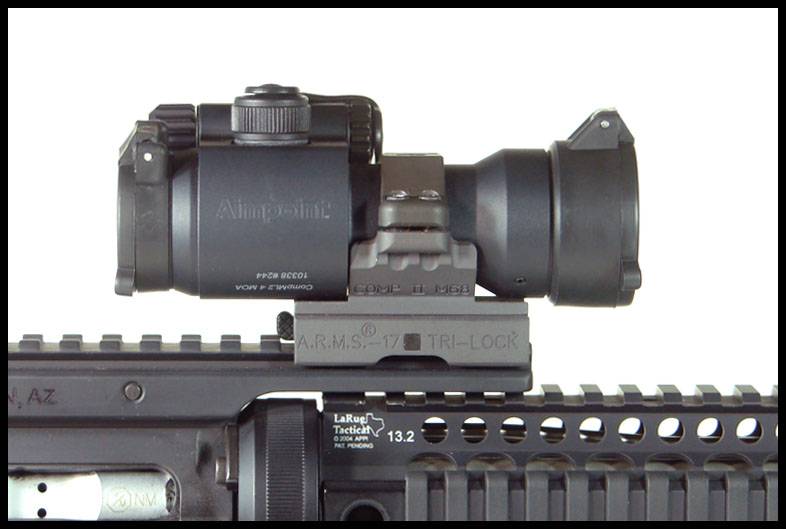
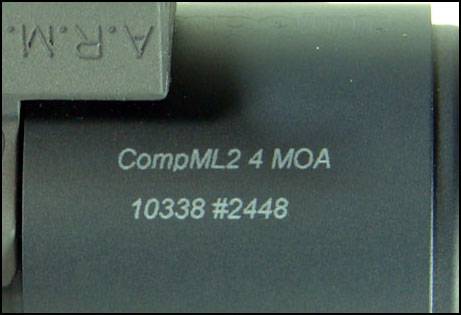
Zeroing the Aimpoint sight at 100 yards was conducted during a down-pour with 20-25 mph winds. The first two 10-shot groups were also fired under these conditions. The first 10-shot group had an extreme spread of 1.41”.
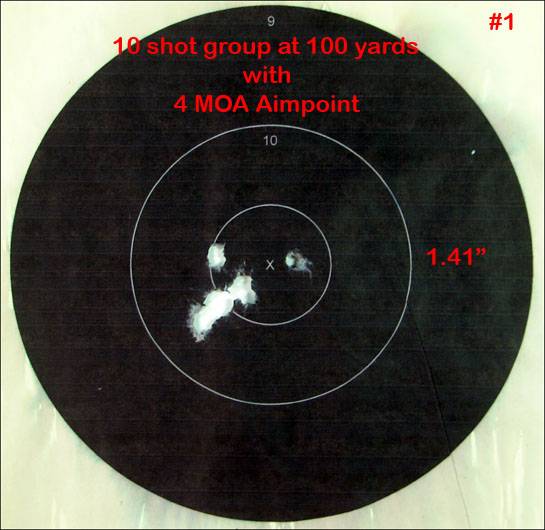
With another couple clicks of windage and elevation adjustment, the second 10-shot group had all shots going into the X-ring. The extreme spread for this group was 1.19”.
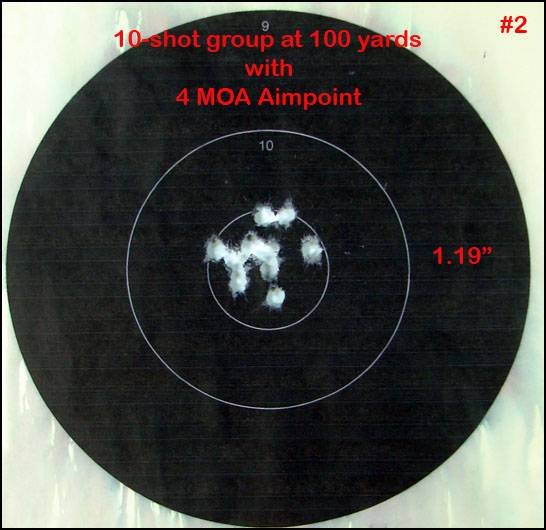
Just as quickly as the down-pour had started, the rain stopped, the winds died down and the sun began shining again. I posted a new and dry target on the 100 yard backer and continued shooting. The third 10-shot group had an extreme spread of 1.14”. The average extreme spread for all three of the 10-shot groups was 1.25”.
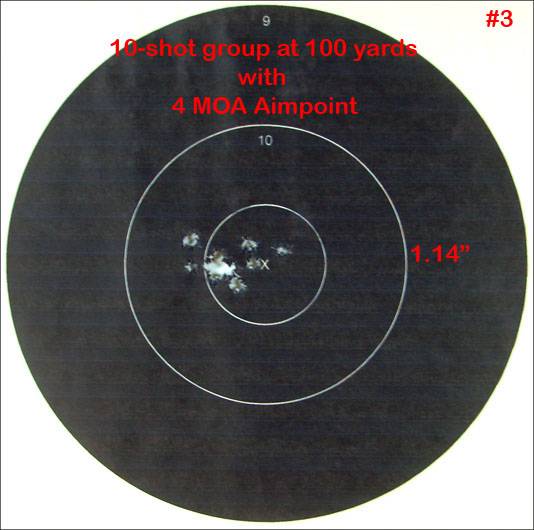
...
Here’s a little demonstration of the “practical accuracy” obtainable when using an Aimpoint with a 4 MOA dot. For this exercise, I used a 14.5” chrome lined, NATO chambered carbine. Shooting was done from the prone supported position. From a distance of 50 yards, I fired ten quick shots at an FBI “Q” target. The results . . . ten “bullets in the brain pan, squish!”
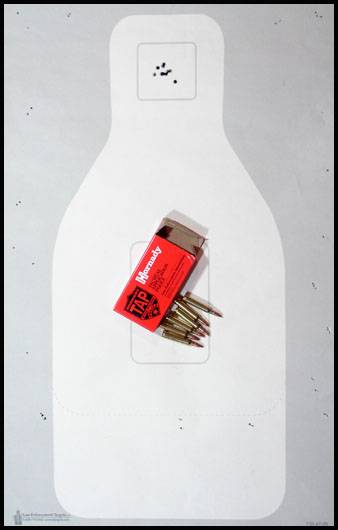
The 10-shot group has an extreme spread of 1.18”, which at 50 yards is equivalent to 2.26 MOA; far smaller than the 4 MOA dot on the Aimpoint. Again, this disproves the spouted nonsense that “practical accuracy” is not possible when using an Aimpoint with a 4 MOA dot.
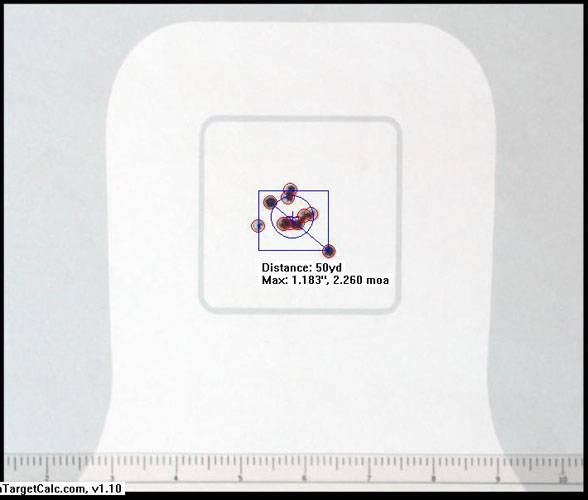
.........
continued . . .
Precision Shooting With an Aimpoint
First and foremost, the Aimpoint red dot sight is a combat sight. Its primary purpose is for use in situations that require “reflexive shooting” at multiple targets, at close ranges. The Aimpoint excels in this type of shooting because it easily allows you to shoot with both eyes open and to focus on the target while shooting. All of my self-defense AR-15s have Aimpoints mounted on them. However, should the need arise (for example, making a head-shot on an aggressor at 100 yards who has most of his body behind hard cover) the Aimpoint sight is certainly up to the task of making precision shots.
There are those on this website who claim that when using an Aimpoint sight with a four minute of angle dot, that it is not possible to shoot groups that are smaller than four minutes of angle in extreme spread. One such person has gone so far as to claim that groups shot from 100 yards using an Aimpoint with a 4 MOA dot will be “greater than 4 inches. Usually much greater.” As we shall soon see, such statements are completely false.
To determine the level of precision obtainable when using an Aimpoint sight with a 4 MOA dot, I mounted an Aimpoint ML2 with a 4 MOA dot on one of my Krieger barreled AR-15s. This AR-15 is easily capable of producing consistent sub-MOA 10-shot groups at 100 yards when using a high magnification scope. Shooting with the Aimpoint sight was done from a bench-rest at a distance of 100 yards using NRA 200 yard High Power type targets that I scaled-down for 100 yards. (The aiming black is approximately the same width as a human head.) Sighting was done using the whole dot centered on the bullseye. Three 10-shot groups were fired in a row for evaluation.


Zeroing the Aimpoint sight at 100 yards was conducted during a down-pour with 20-25 mph winds. The first two 10-shot groups were also fired under these conditions. The first 10-shot group had an extreme spread of 1.41”.

With another couple clicks of windage and elevation adjustment, the second 10-shot group had all shots going into the X-ring. The extreme spread for this group was 1.19”.

Just as quickly as the down-pour had started, the rain stopped, the winds died down and the sun began shining again. I posted a new and dry target on the 100 yard backer and continued shooting. The third 10-shot group had an extreme spread of 1.14”. The average extreme spread for all three of the 10-shot groups was 1.25”.

...
Here’s a little demonstration of the “practical accuracy” obtainable when using an Aimpoint with a 4 MOA dot. For this exercise, I used a 14.5” chrome lined, NATO chambered carbine. Shooting was done from the prone supported position. From a distance of 50 yards, I fired ten quick shots at an FBI “Q” target. The results . . . ten “bullets in the brain pan, squish!”

The 10-shot group has an extreme spread of 1.18”, which at 50 yards is equivalent to 2.26 MOA; far smaller than the 4 MOA dot on the Aimpoint. Again, this disproves the spouted nonsense that “practical accuracy” is not possible when using an Aimpoint with a 4 MOA dot.

.........
continued . . .

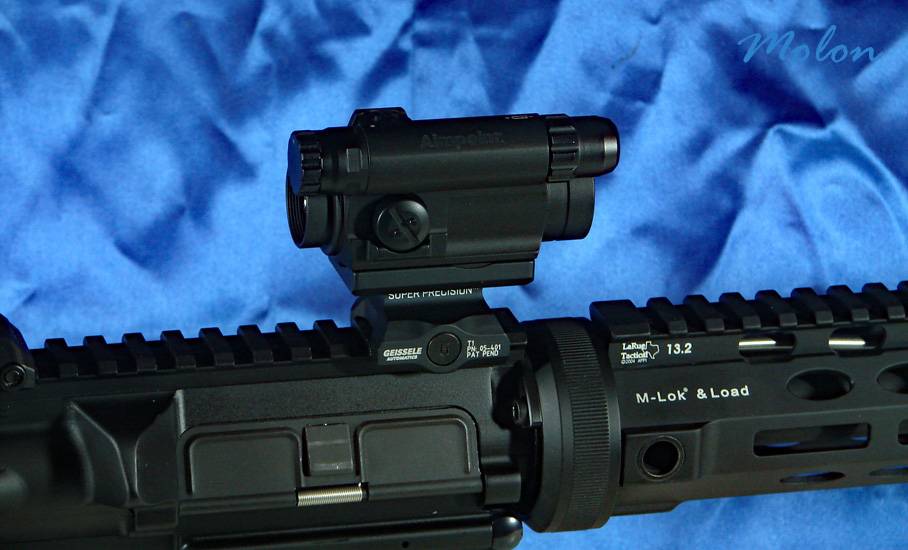
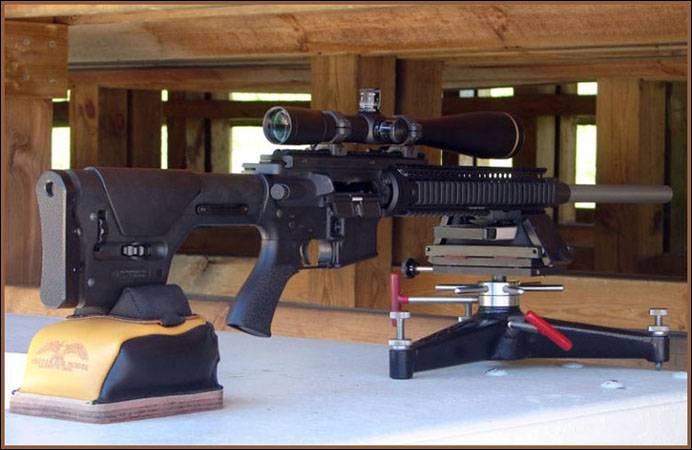
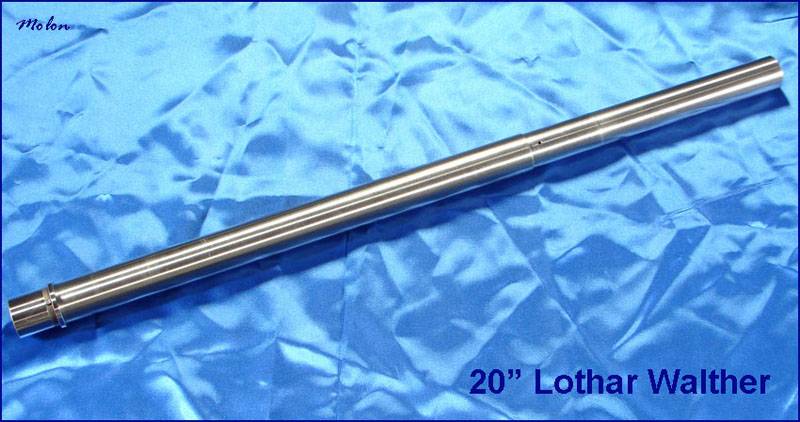
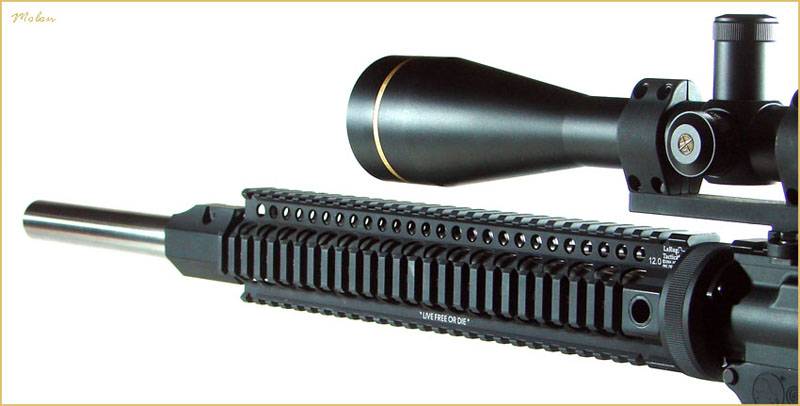
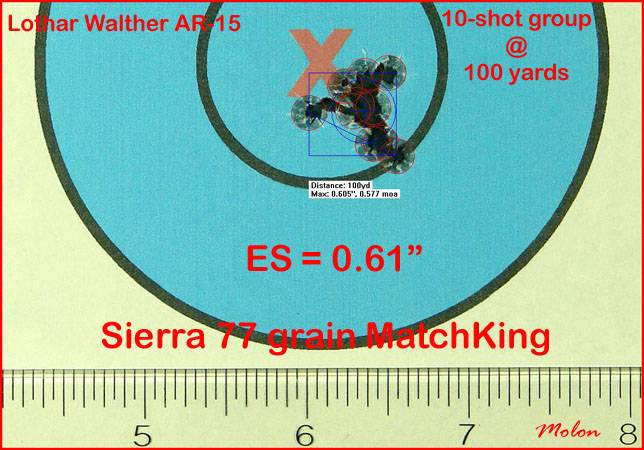
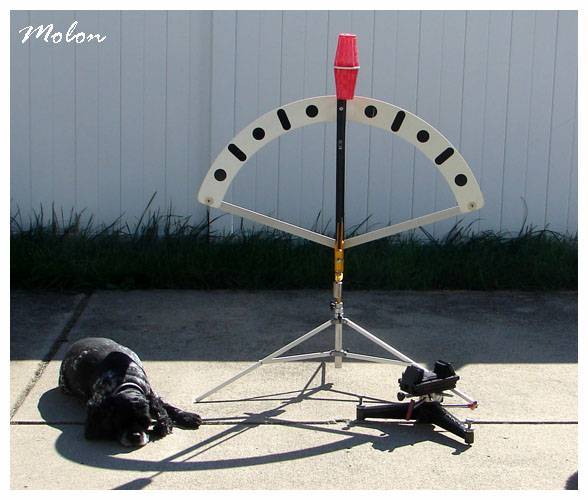
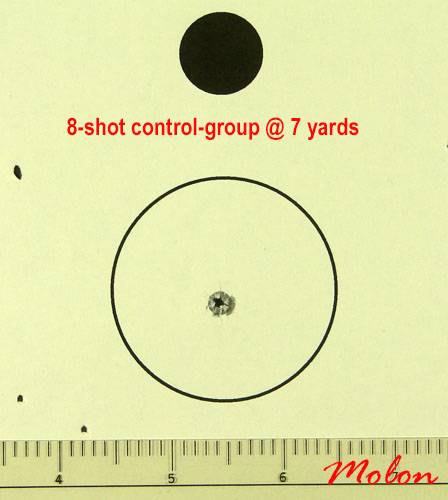
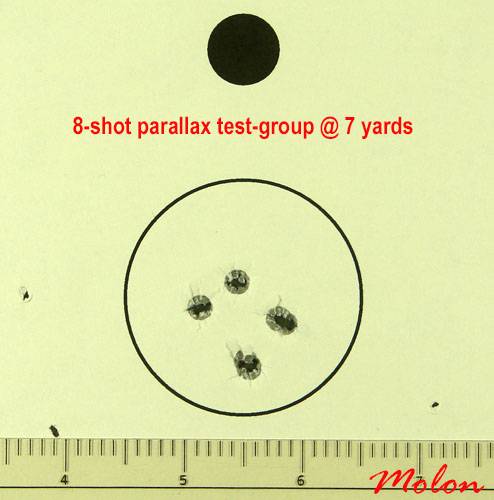
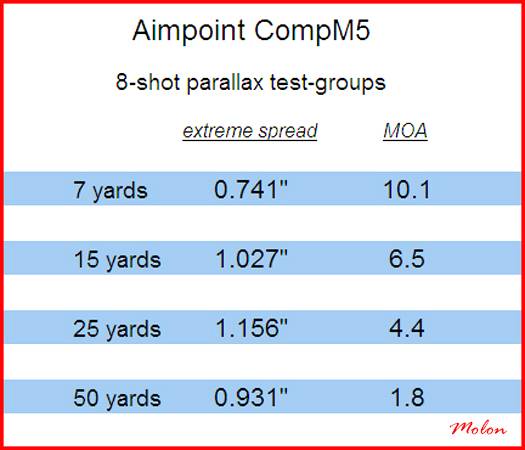
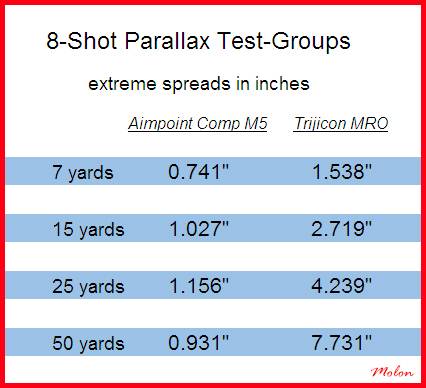
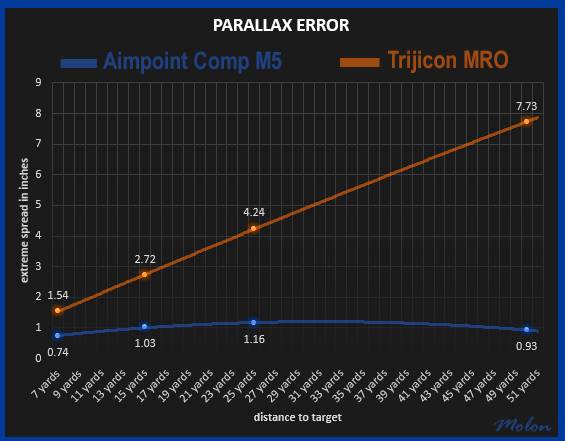
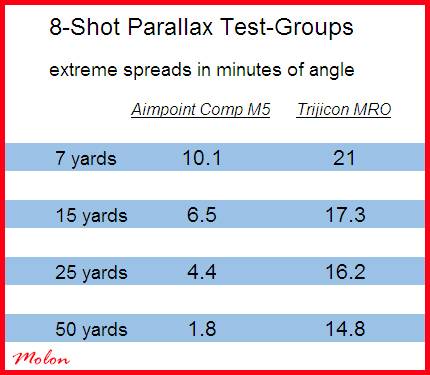
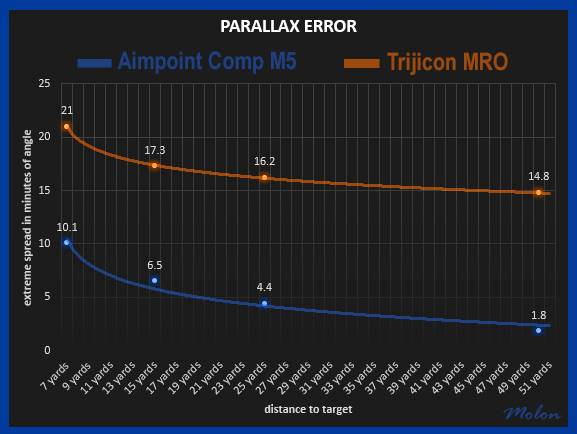
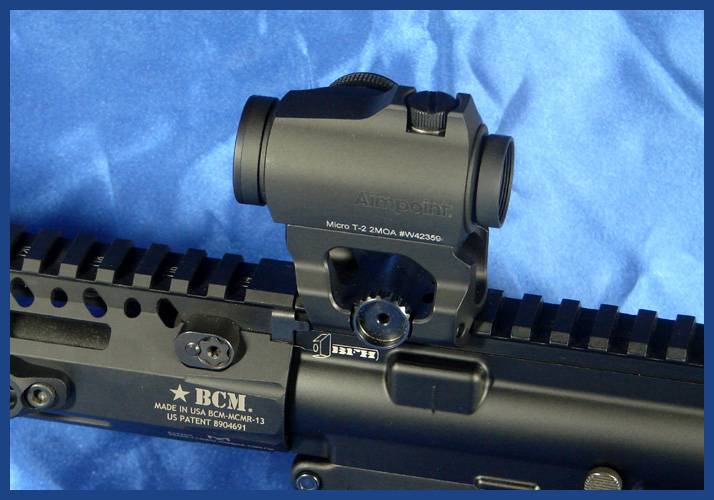
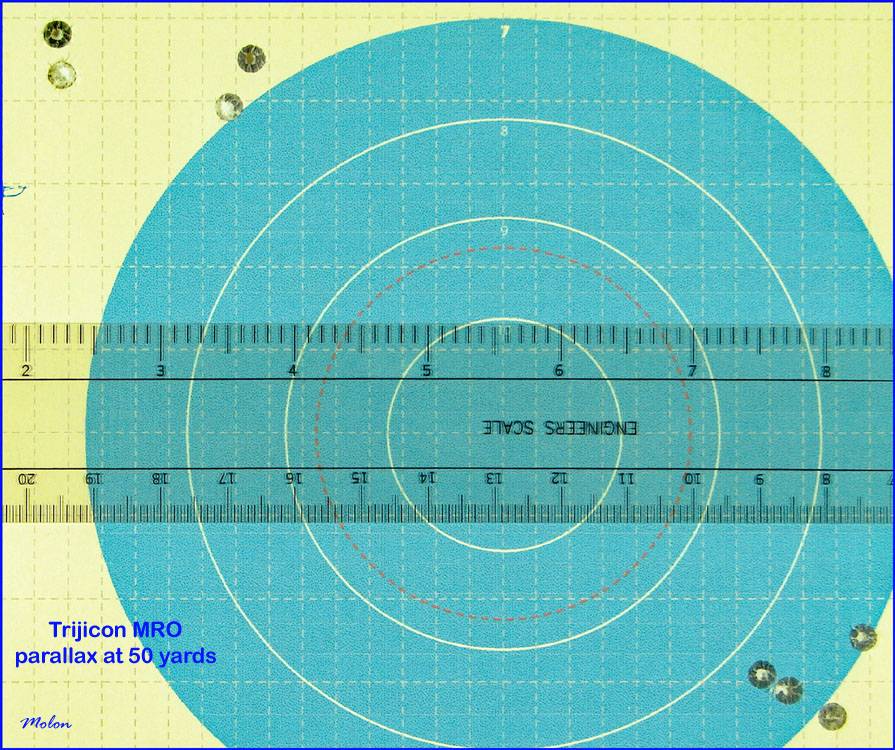
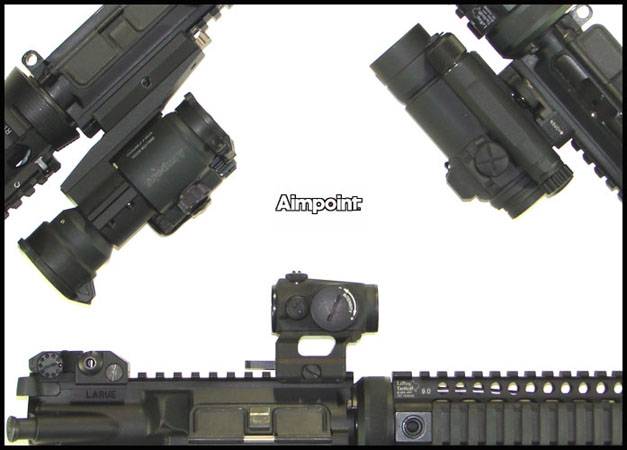
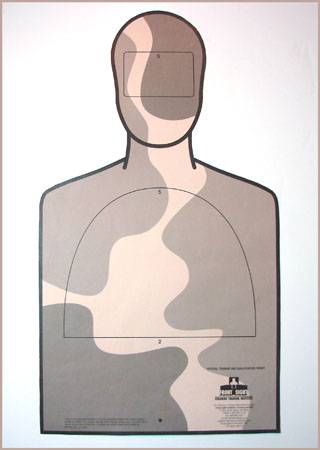
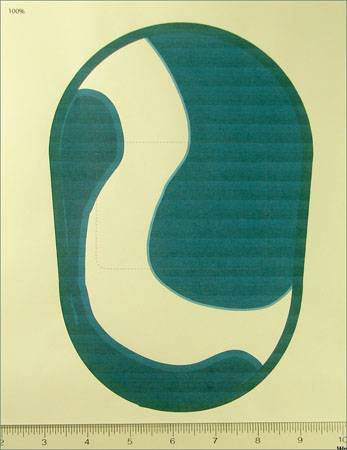
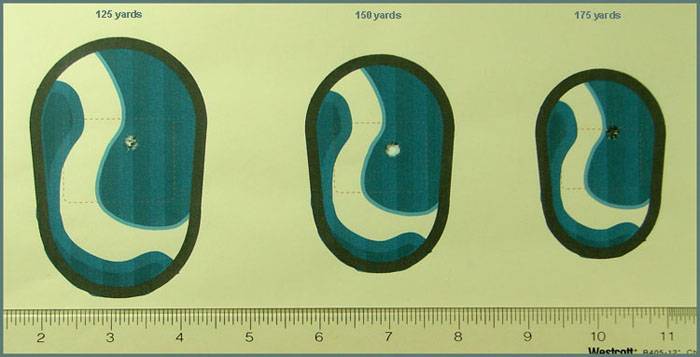
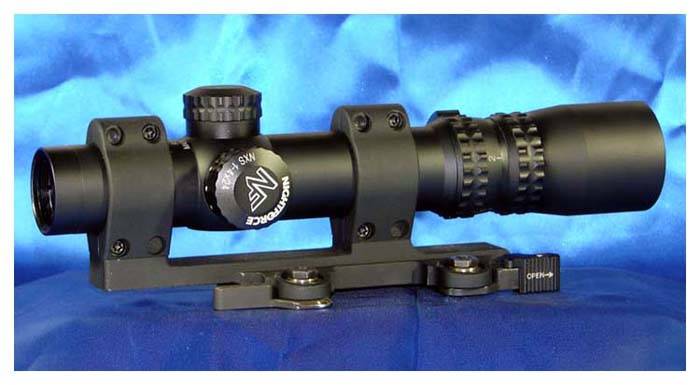
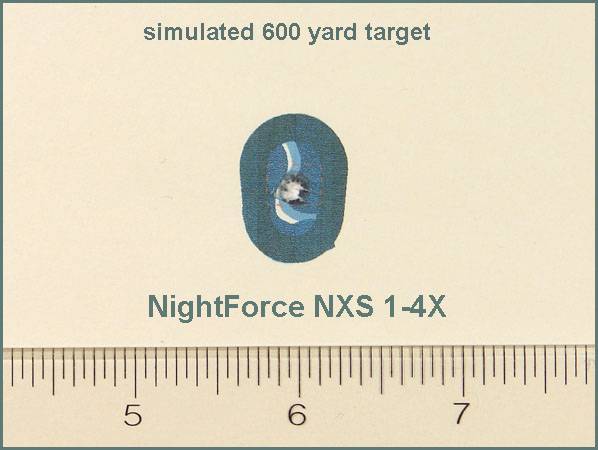
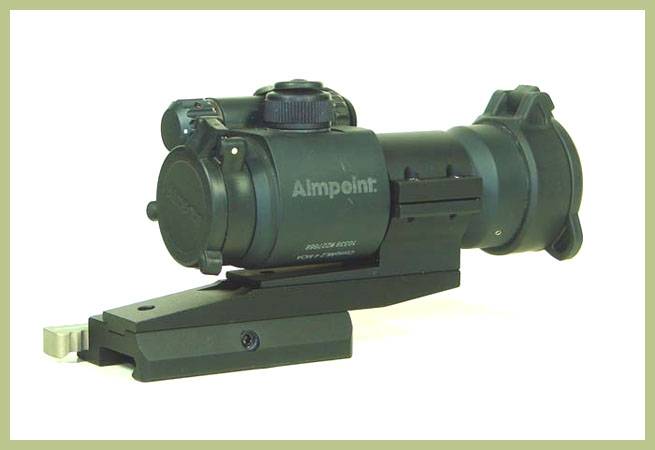
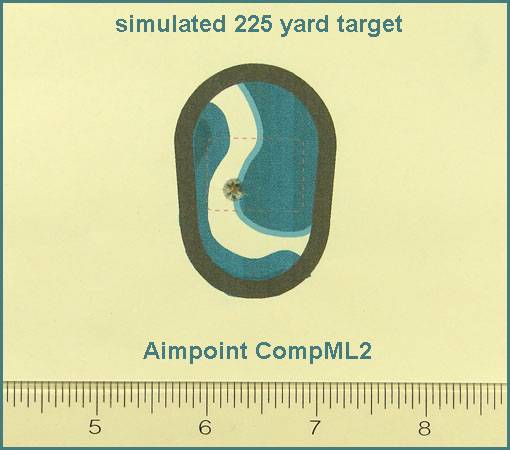
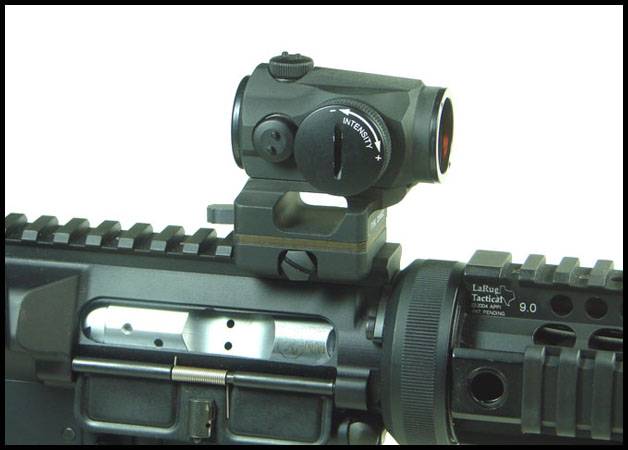
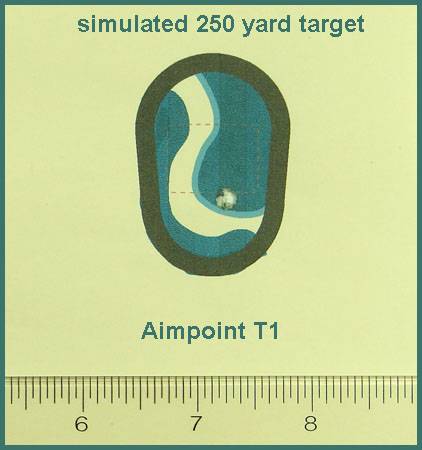
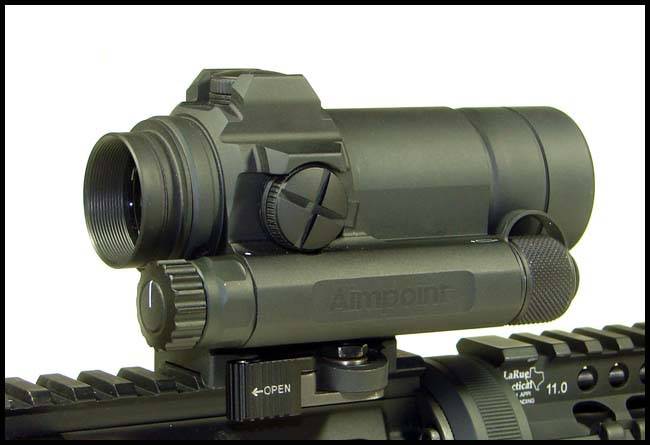
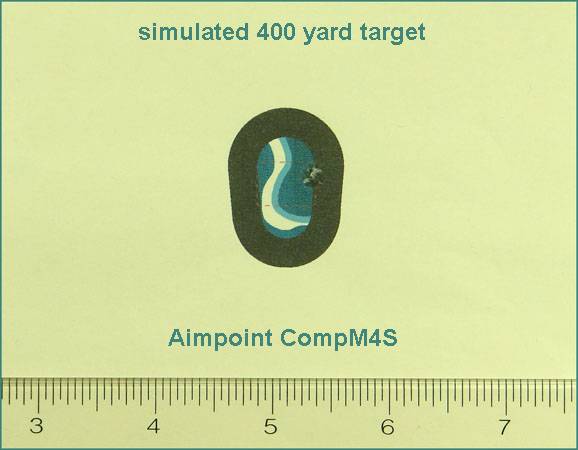
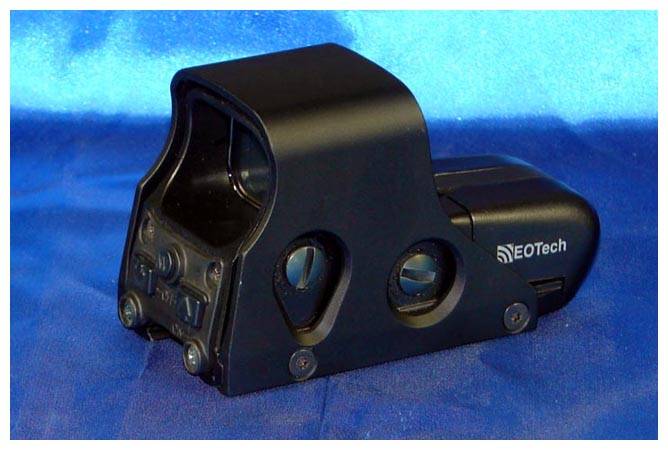
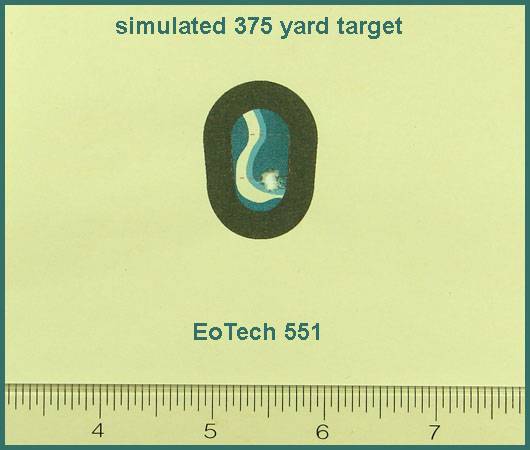
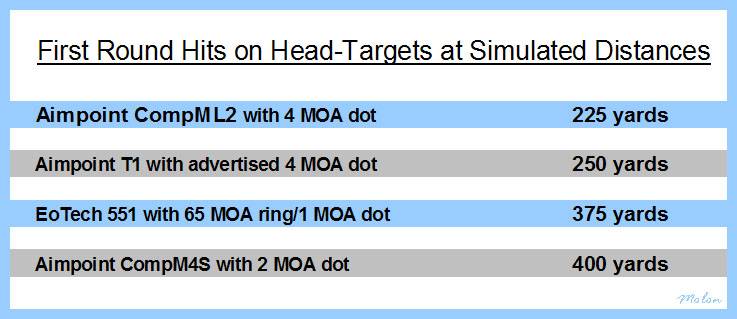
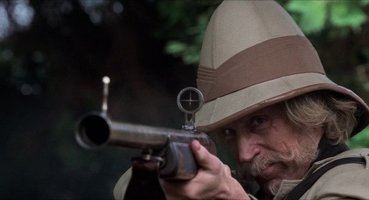
![ROFL [rofl] [rofl]](/xen/styles/default/xenforo/smilies.vb/013.gif)
